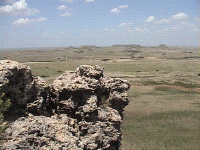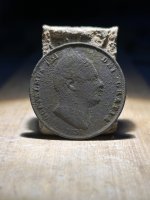Spent a couple of days in the Black Mesa area of Oklahoma. I've never seen so much flint in two days as I saw there. Because we were mixing in some sightseeing with flint hunting, we didn't spend a lot of time at any one place. Consequently, I didn't make a big haul, but did come up with a few interesting pieces. This area is incredible, and if one can gain access, I highly recommend it.
docmann
docmann
Amazon Forum Fav 👍
Attachments
-
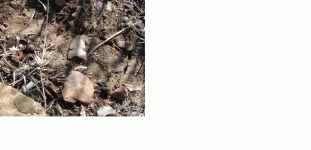 BlkMesaPt1.GIF283.5 KB · Views: 707
BlkMesaPt1.GIF283.5 KB · Views: 707 -
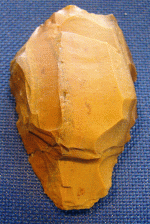 DSC09907(1).GIF252.7 KB · Views: 507
DSC09907(1).GIF252.7 KB · Views: 507 -
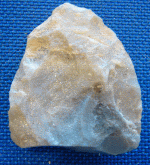 DSC09957(1).GIF214.3 KB · Views: 506
DSC09957(1).GIF214.3 KB · Views: 506 -
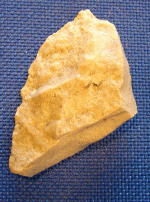 DSC09931(1).GIF173.4 KB · Views: 463
DSC09931(1).GIF173.4 KB · Views: 463 -
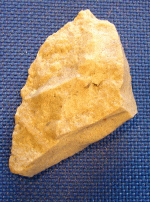 DSC09931(1).GIF173.4 KB · Views: 446
DSC09931(1).GIF173.4 KB · Views: 446 -
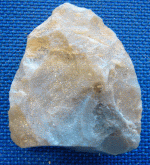 DSC09957(1).GIF214.3 KB · Views: 455
DSC09957(1).GIF214.3 KB · Views: 455 -
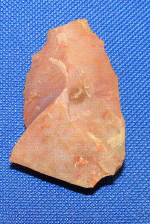 DSC09913(1).GIF164.9 KB · Views: 398
DSC09913(1).GIF164.9 KB · Views: 398 -
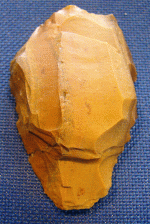 DSC09907(1).GIF252.7 KB · Views: 395
DSC09907(1).GIF252.7 KB · Views: 395 -
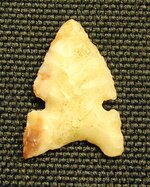 DSC09898(2).JPG74.1 KB · Views: 421
DSC09898(2).JPG74.1 KB · Views: 421 -
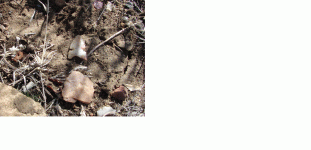 BlkMesaPt1.GIF283.5 KB · Views: 394
BlkMesaPt1.GIF283.5 KB · Views: 394
Upvote
0



